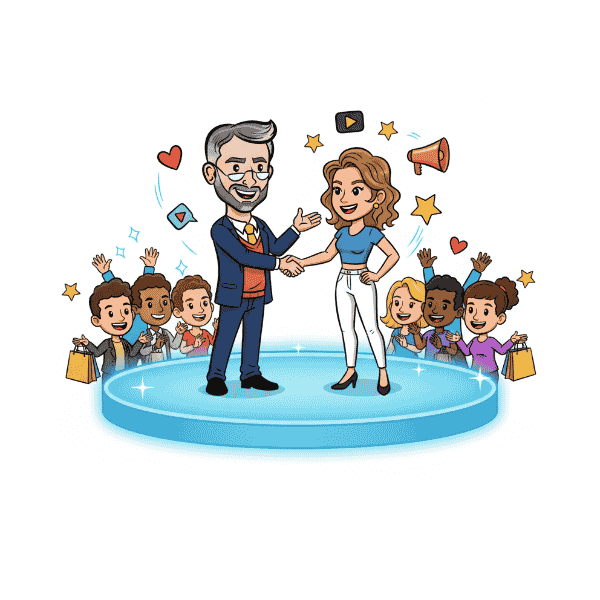Definition: Information retargeting is a marketing strategy that delivers tailored ads or content to people who have already shown interest in your brand by visiting your website, engaging with content, or interacting with your campaigns. Instead of reaching cold audiences, information retargeting uses data from previous interactions to re-engage prospects and guide them toward conversion.
Use it in a Sentence: The SaaS company used information retargeting to show free trial ads to users who had previously read their product comparison page.
Why Information Retargeting Matters
In an age of hyper-personalization algorithms, information retargeting is a must-have strategy for marketers looking to stay competitive. By leveraging data from previous customer interactions, businesses can re-engage users with content and offers that feel timely, relevant, and tailored to individual needs. This approach not only increases the chances of conversion but also builds stronger customer relationships over time. Startups, in particular, can benefit by maximizing the value of every lead.
Information retargeting works best when supported by clean, reliable data—making CRM hygiene a critical factor in the success of any retargeting effort.
Core Benefits of Information Retargeting

- Higher Conversion Rates: By targeting users who’ve already shown interest, businesses can deliver more relevant messaging that increases the likelihood of conversion.
- Stronger Brand Recall: Consistent, personalized messaging across channels keeps your brand top-of-mind and encourages return visits.
- Efficient Use of Ad Spend: Rather than targeting cold audiences, retargeting allows you to focus budgets on users more likely to convert, boosting ROI.
- Better Customer Journeys: With hyper-personalization algorithms, you can serve dynamic content that evolves based on each user’s behavior—creating a more seamless and intuitive experience.
- Scalability for Startups: Startups with limited budgets can use information retargeting to stretch their resources further and build traction faster.
Key Elements of Information Retargeting
- Data Integration: Combining data from website visits, email interactions, and CRM systems provides a 360° view of customer behavior. Maintaining CRM hygiene ensures that this data is accurate and actionable.
- Behavioral Tracking: Monitoring user actions such as page views, cart abandonment, or email opens helps identify the right moment and message for retargeting.
- Audience Segmentation: Segmenting users based on their level of engagement or stage in the funnel allows for more relevant retargeting efforts.
- Dynamic Creative: Hyper-personalization algorithms power dynamic ads that adjust messaging and visuals based on user behavior and preferences.
- Performance Monitoring: Tracking metrics like click-through rates, return visits, and conversions is key to optimizing retargeting campaigns over time.
More Definitions
- Call to Action (CTA) – A clear, direct instruction that encourages a website visitor to take a specific action, such as making a purchase or filling out a form.
Read More> - User Interaction – The ways in which users engage with a website, app, or digital product, including actions like clicking buttons and filling out forms.
Read More> - Conversion Rate Optimization (CRO) – The process of improving a website or marketing campaign to increase the percentage of visitors who complete a desired action.
Read More> - Account-Based Advertising – A targeted approach where specific potential buyers are engaged based on predefined criteria.
Read More>
Useful Posts
(From the Sales Funnel Professor Blog)
- Hubspot vs Go High Level
A no-fluff comparison of Go High Level vs HubSpot to help startups and small businesses choose the right CRM for growth.
Read more ›






















